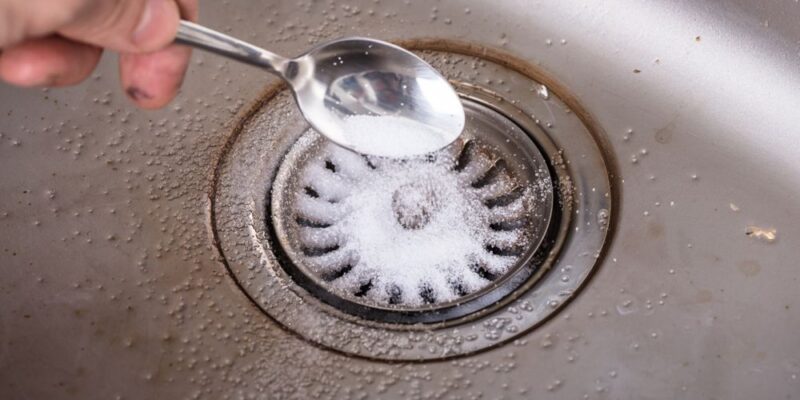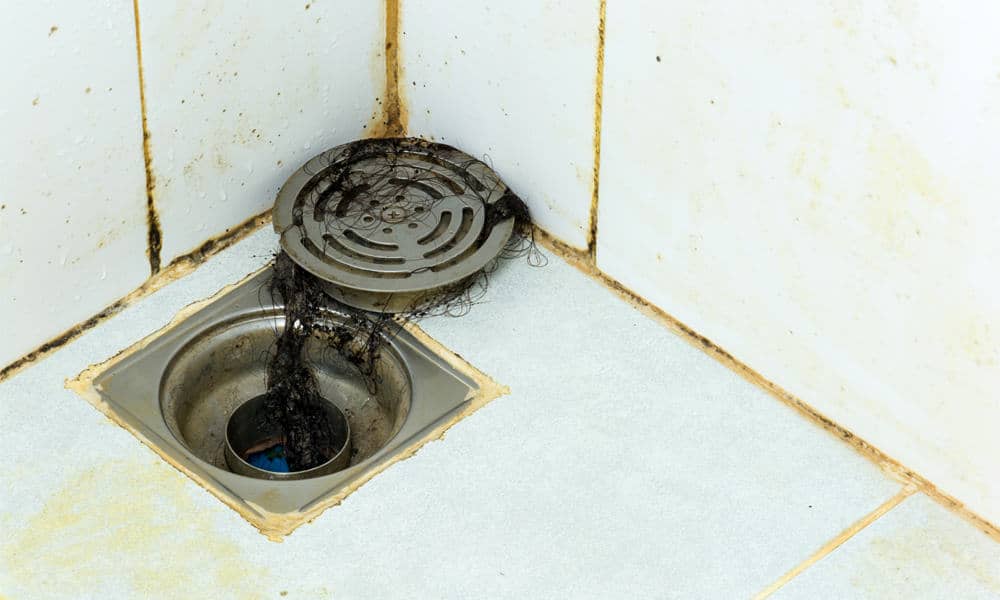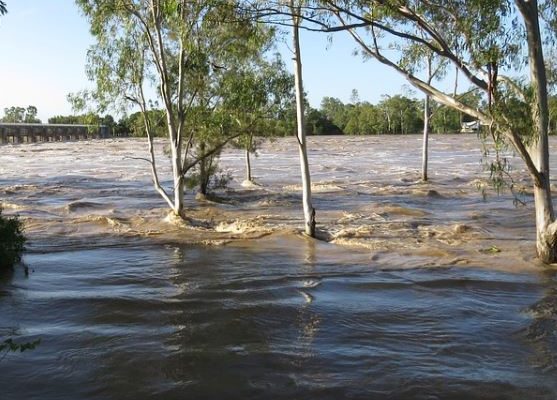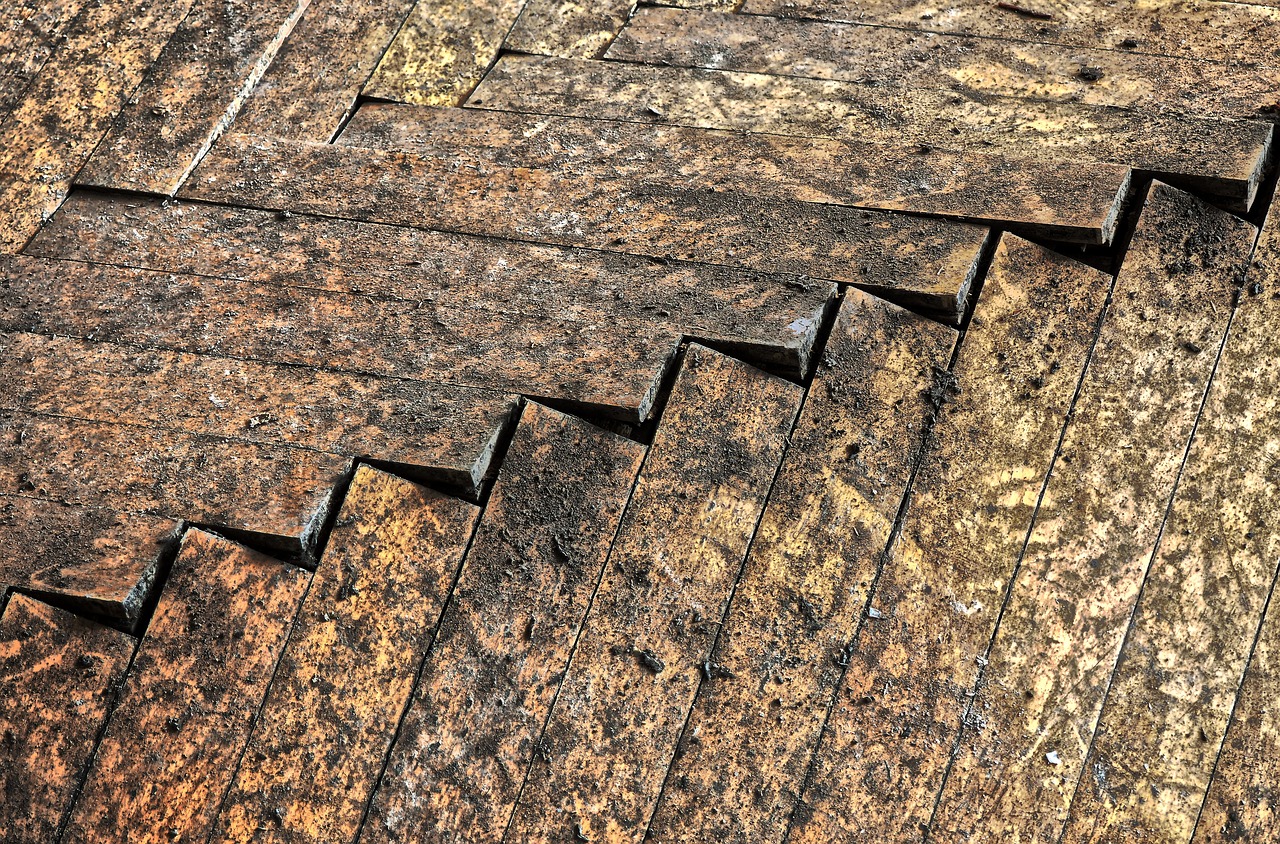You’ve probably encountered it before – that unpleasant, persistent smell wafting from your bathroom floor drain. It’s more than just a minor annoyance; it can make your entire home feel less clean and welcoming.
The best way to fix smelly bathroom floor drains, is to use a professional drainage service that offers a comprehensive approach, including inspections, cost estimation, emergency services, and maintenance agreements.
But don’t worry, you’re not stuck with the stench forever. This guide will help you:
- Identify the source of the odour
- Teach you regular cleaning practices
- Suggest natural remedies to eliminate the smell
- Point out when to call in professional services
We’ll also provide preventive measures to keep that pesky smell from returning.
So let’s roll up our sleeves and get rid of that smelly bathroom floor drain for good!
Key Takeaways
- Identifying the source of the odour is crucial for finding the right solution.
- Regular drain cleaning procedures, including the use of chemical solutions and DIY methods, help prevent odours.
- Natural remedies such as baking soda, vinegar, lemon juice, essential oils, and used coffee grounds can eliminate odours.
- Professional drainage services offer a comprehensive approach, including inspections, cost estimation, emergency services, and maintenance agreements.
Identifying the Source of the Odour
Before you tackle that foul smell, it’s crucial to pinpoint where it’s actually coming from. Is your bathroom floor drain the culprit? Let’s find out!
Odour origin can be a tricky task, but with careful observation and some detective work, you’ll soon figure it out.
Start by closely inspecting your bathroom floor drain. You’re looking for signs such as sewage backup or pipe leakage which could lead to unpleasant odours. Sewage backup often manifests as a gurgling sound in the drain or water backup during flushing of toilets or running sinks, while pipe leakage typically leaves wet spots around your flooring.
Next up is checking for mold growth around the area. Mold thrives in damp places and gives off a musty odour which may be mistaken for sewer-like smells.
Don’t forget about potential animal infestation too! Small rodents can sometimes make their way into drains and die there, leading to a nasty stench.
So remember – effective problem-solving always begins with correctly identifying the problem source! Whether it’s sewage backup, pipe leakage, mold growth, or even an unfortunate critter stuck in your drains – knowing what you’re dealing with will guide you towards the right solution for that smelly bathroom floor drain.
Regular Drain Cleaning Procedures
Regular drain cleaning procedures are essential for maintaining a well-functioning plumbing system and eliminating foul odours. This applies to all drain outlets, including bathroom floor drains. Developing a cleaning routine that suits the usage level of your bathroom is important. For less used bathrooms, monthly cleanings may be sufficient, while high-traffic ones may require weekly cleanings. Regardless of the frequency, having a clear plan is essential.
There are different methods you can use for drain cleaning. Chemical solutions are available and can be effective against grime and odour build-up. However, it’s important to follow safety precautions when using these products, such as wearing gloves and goggles to protect your skin and eyes.
If you prefer more DIY methods, you can try using baking soda and vinegar concoctions. Just make sure to check the compatibility of these materials with your drain pipes to avoid any accidental damage.
Remember to consistently perform these cleaning procedures. Regular drain cleaning not only helps prevent unpleasant odours but also contributes to the overall cleanliness of your bathroom.
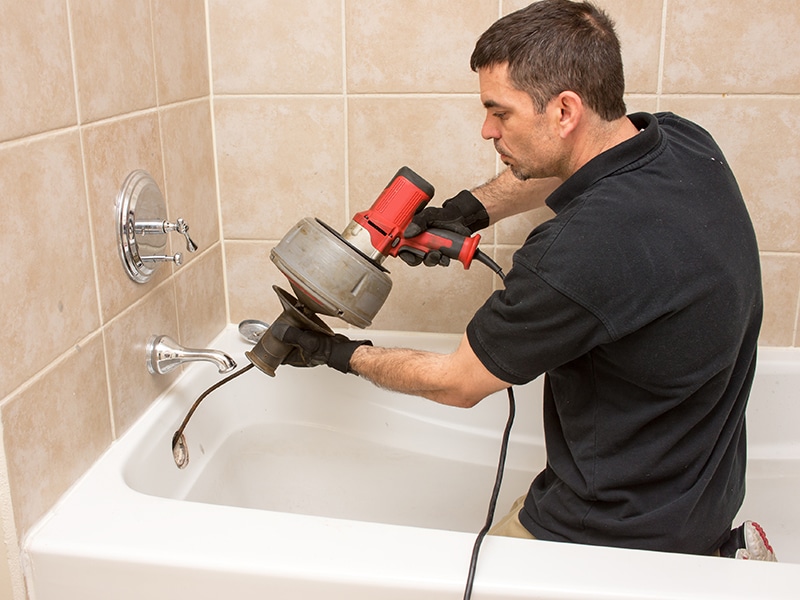
Natural Remedies for Odour Elimination
Imagine coming home after a long, hard day to a fresh and inviting atmosphere – that’s the magic of natural remedies for odour elimination. If your bathroom floor drains are giving off a less than desirable smell, there’s no need to fret. There are numerous natural remedies you can use to combat this issue:
- Baking soda solutions:
- Mix half a cup of baking soda with one quart of warm water.
- Pour it down the drain and let sit for at least an hour before rinsing.
- Vinegar applications:
- Pour 1/2 cup of vinegar into the drain.
- After about 30 minutes, rinse with hot water.
These two remedies work wonders due to their odour-absorbing properties. But there’s more!
- Lemons benefits:
- Squeeze a lemon into the drain.
- The citric acid will break down foul odour.
- Essential oils usage:
- Drop several drops of your favorite essential oil in the drain.
- It serves as both an odour eliminator and leaves a pleasant scent behind.
Additionally, coffee grounds effectiveness is noteworthy since they absorb and eliminate smells. Just sprinkle some used coffee grounds around the drain area and leave them overnight.
With these natural methods, you’ve got smelly drains covered without resorting to harsh chemicals!
Professional Drainage Services
Even though natural remedies can be effective, there’s no denying the convenience and thoroughness of professional drainage services. These experts offer a comprehensive approach to your smelly bathroom floor drains problem, starting with a complete drainage system evaluation.
They’ll thoroughly inspect every aspect of your drain system to identify any blockages or issues that could be causing unpleasant odours.
Professional services, generally plumbers, also provide cost estimation for their work in advance. So you’ll know exactly what you’re getting into before any actual work begins. This transparency can give you peace of mind and help you budget appropriately for the necessary repairs or maintenance.
What’s more, many companies offer emergency services 24/7. If your bathroom floor drain is emitting an unbearable smell at odd hours, they are just one call away from fixing it. Furthermore, by entering into maintenance agreements with these professionals, you can ensure regular check-ups and service for your drains – preventing future problems before they arise.
They employ innovative solutions using advanced technology and tools to efficiently solve any drain issue. It’s not just about masking the smell; it’s about tackling the root cause of it to permanently eliminate this concern from your life.
So don’t hesitate; get in touch with professional drainage services today!
Preventive Measures for Odour Reoccurrence
You’ve called in the pros and they’ve done their job, but wouldn’t you want to avoid such foul situations in the future? Well, there are several preventive measures you can take to keep your bathroom floor drains smelling fresh and clean.
- Use odour-absorbing materials: Things like activated charcoal or baking soda can be a godsend. Simply place them near the drain and let them work their magic.
- Make ventilation improvements: Keep stale air moving by installing an exhaust fan or even just cracking a window open.
- Implement moisture control strategies: Using dehumidifiers will help to reduce dampness that often contributes to musty odours.
- Apply a high-quality sealant: This’ll prevent water from seeping into areas it shouldn’t.
Remember, nothing beats regular inspections of your plumbing system. By staying vigilant and proactive, you can nip any potential problems in the bud before they become full-blown issues.
So, don’t wait for another nasty surprise. Take these steps today and breathe easy knowing that your bathroom is not just squeaky clean but also smell-free!
If you’ve recently has your bathroom renovated, it’s also a good idea to get in contact with them to see if it is a problem they caused, or an issue they can rectify.
Frequently Asked Questions
What are the potential health risks associated with a smelly bathroom floor drain?
Odour sources like smelly drains can harbor various bacteria types, potentially causing respiratory issues. Mold dangers are real too, as damp conditions can trigger allergies. It’s crucial to address these health risks promptly.
Could a smelly bathroom floor drain indicate a more serious plumbing issue?
Yes, a smelly bathroom floor drain can indicate serious plumbing issues. Odour sources might be due to sewage backup requiring drain maintenance. It’s key for odor prevention and necessitates a thorough plumbing inspection.
How long does it typically take for a smelly bathroom floor drain to return to normal after treatment?
Depending on the odour sources, it might take a few days for your drain to smell normal after using homemade solutions. Regular drain maintenance and prevention techniques can lessen the odor impact over time.
Are there any specific products that can help mask the odour while I’m treating the problem?
Yes, you can use odour neutralizers or air purifiers. Homemade solutions like vinegar and baking soda are great too. Essential oils provide pleasant scents, while odor absorbing plants offer a natural fix.
Are there specific types of flooring that make bathroom floor drains more prone to odours?
Yes, certain flooring options like carpet can trap odour sources more than others. The drain materials can also affect the smell. Regular cleaning methods and odor prevention techniques can help reduce these issues.
Conclusion
You’ve got the tools to tackle smelly bathroom floor drains now. By identifying the odours source, regularly cleaning your drain, using natural remedies, or seeking professional help, you can eliminate those unpleasant smells.
Don’t forget about preventive measures either! It’s all about maintaining a fresh and clean bathroom environment. So roll up your sleeves, it’s time to bid farewell to those nasty odours for good!

